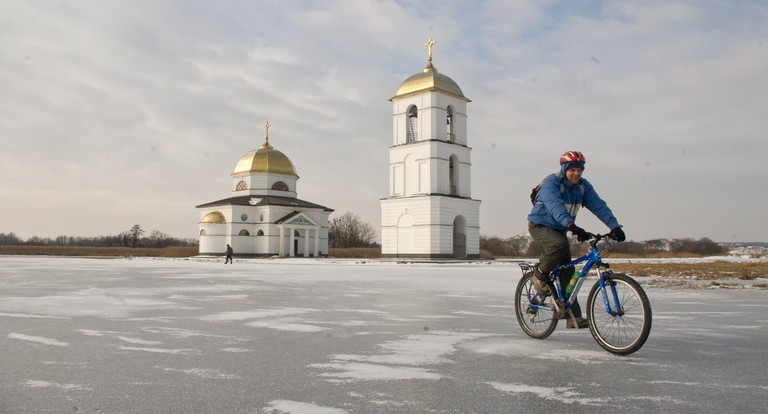Husyntsi: The Lost Village at the Bottom of the Dnipro
When the waters of the Kaniv Reservoir rose in 1971, they swallowed not only the streets, houses, and churches – they concealed an entire history. The village of Husyntsi, which had thrived on the left bank of the Dnipro for over two centuries, disappeared beneath the waves, leaving behind only a tract of land and the memories of its former residents.
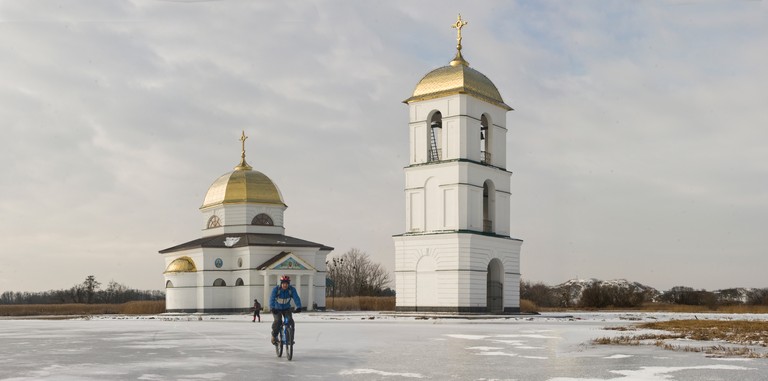
The highest points formed several islands. On one of them stands the church, while the other—Lysa Hora—is where the main witches’ sabbaths of the entire Dnipro region take place (beginning at sunset on the first night of each full moon).
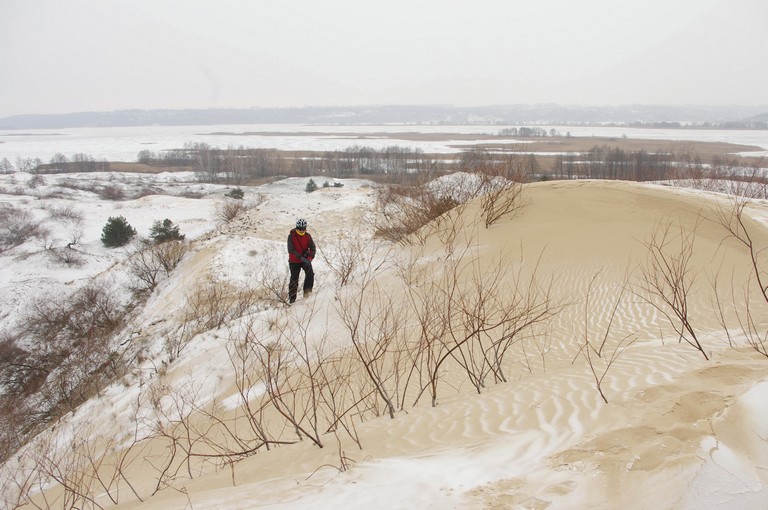
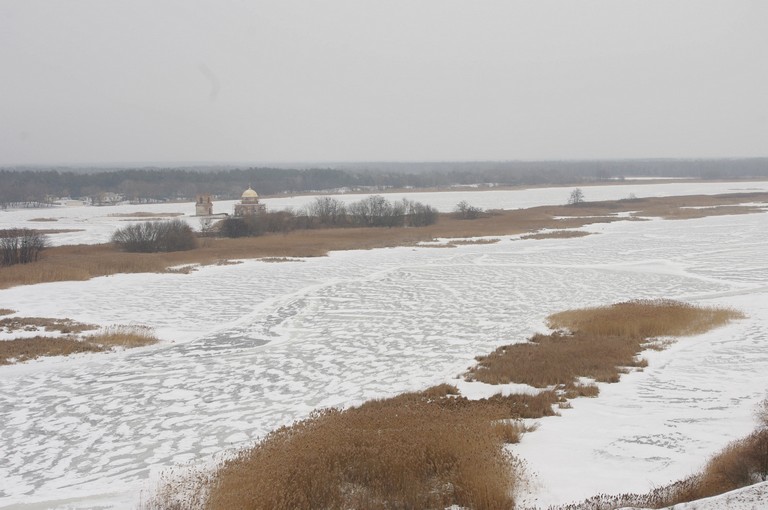
Today, as the water level drops, remnants of the past occasionally emerge from beneath the surface: fragments of buildings, the foundations of the old church, and even bricks that once formed village homes.
A Crossroads of Trade
In the 18th century, Husyntsi was a small hamlet along a busy trade route. Merchants, soldiers, and travelers stopped here to rest. As the village became part of the Kyiv Vicegerency, it gradually expanded into a full-fledged settlement. By the 19th century, it had a school, an Orthodox church, and a monastic skete with a hospital and a mill.
The villagers practiced a unique craft—woven wickerwork. They didn’t just make baskets but also chairs, tables, and even cradles. Perhaps it was their fishing trade and handcrafted goods that helped the village survive the worst of the 1932–33 famine.
The Final Years Before Submersion
By the mid-20th century, Husyntsi was a thriving village with over a thousand residents. It became a film set, and a military base on its outskirts served as a training ground for soldiers. However, the decision to construct the Kaniv Reservoir sealed the village’s fate. Families dismantled their homes, salvaging what they could, and moved away. Only the church remained standing until the rising waters finally consumed its walls.
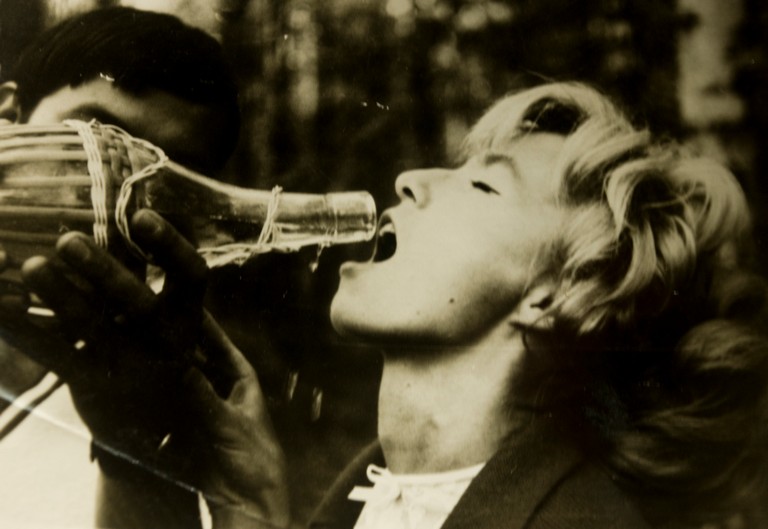
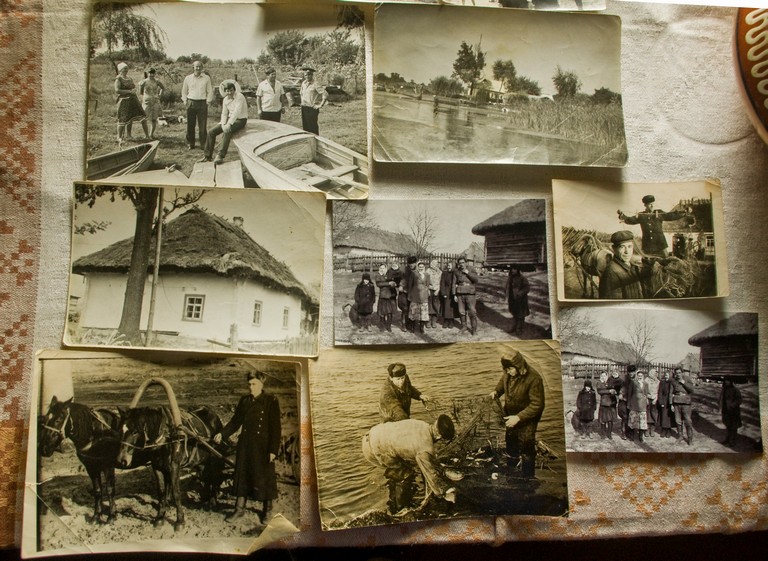
Today, the Husyntsi tract serves as a reminder of how grand-scale projects reshape landscapes and destinies. The small islands emerging from the water are the last traces of a village that once lived a quiet yet vibrant life.
Yet, its memory endures—in the hearts of the elders, in faded photographs, and in the ancient church’s weathered stone walls, which miraculously survived.
Only three buildings remain from the village—the forester’s house, the school, and the church.
Visitors can stay overnight in the forester’s house.
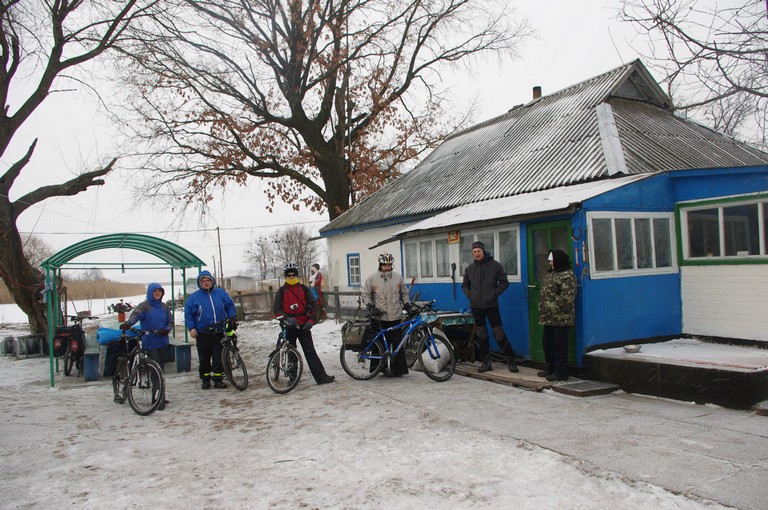
The Church That Did Not Drown
The only structure that survived the flooding was the Pokrovska Church. Built in 1822 with the funds of local Cossacks and villagers, the temple was an architectural masterpiece. Its massive walls, elegant dome, and intricate details made it a striking example of sacred architecture.
After the flooding, the church was left stranded in the middle of the water—damaged but not destroyed. For years, it stood alone among the waves, like a ghost from the past. Some parts of the structure gradually crumbled, yet its core remained intact, defying time and nature.
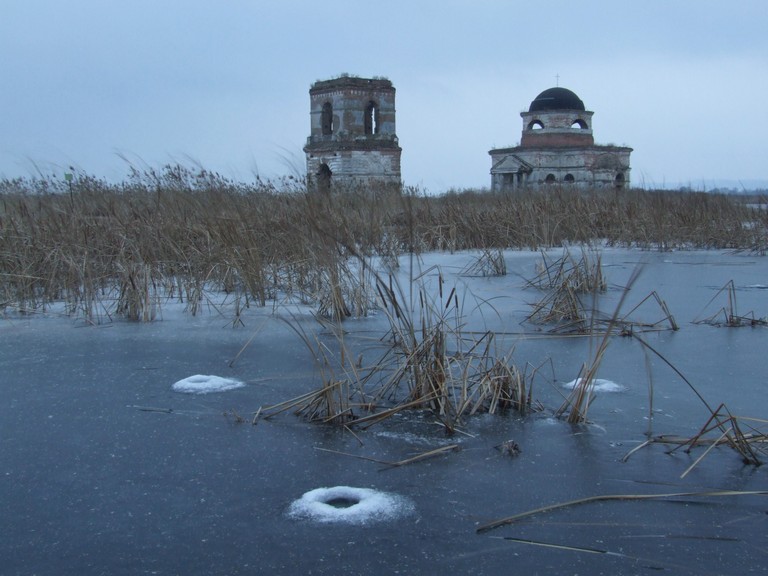
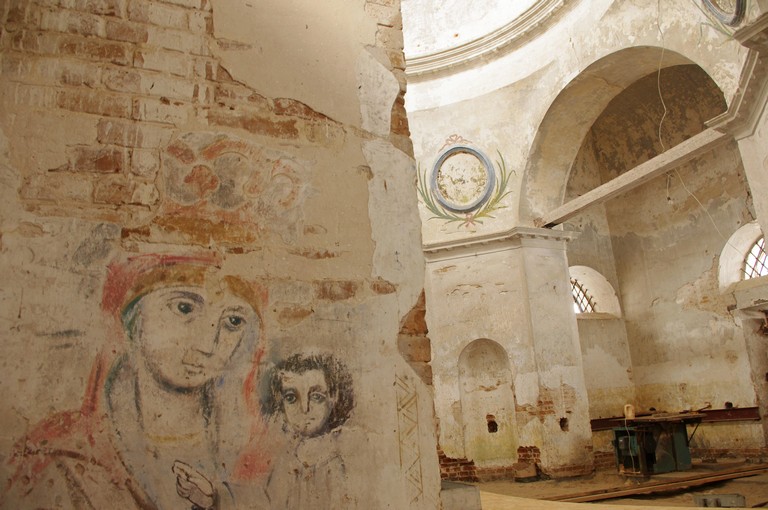
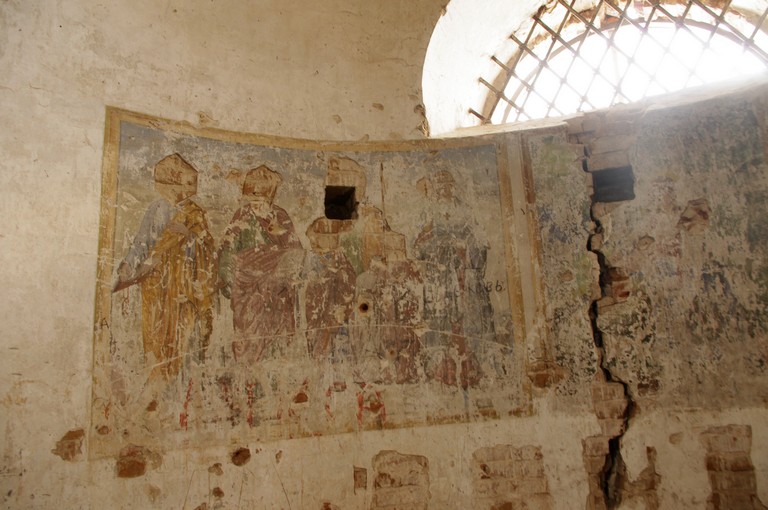
Current State
In the early 2010s, efforts were made to restore the church. It was lifted with jacks, and a small artificial island was created around it, connected to the mainland by a wooden footbridge.
Unfortunately, during the restoration, the original frescoes were painted over, and the historic dome was replaced with a plastic one topped with a Chinese-made cross—changes that saddened historians and preservationists.
Today, visitors can reach the church via the footbridge from the left bank or by boat or kayak from Rzhyshchiv.
